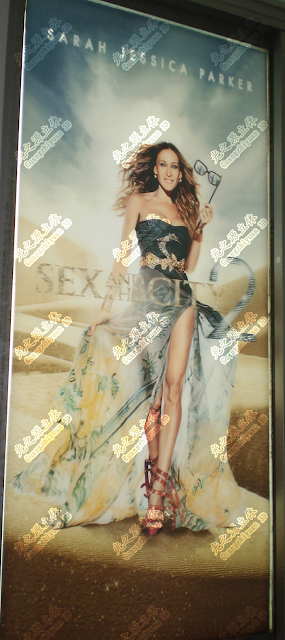Know About the Mesmerizing World of Large 3D Photo

An interesting technique called lenticular printing involves making pictures that appear to move or alter as they are seen from different angles. This optical illusion is created by carefully aligning a printed picture with a collection of small lenses, or lenticules, that, depending on the viewing angle, magnify various portions of the image. As a consequence, a dynamic visual experience is created that turns a large lenticular poster into a dynamic work of art. Unleashing the Creative Potential Lenticular posters' capacity for artistic expression is one of its most noteworthy features. Designers and artists may experiment with depth, motion, and even morphing effects to create stories that change as the spectator engages with the piece. Imagine a movie poster that changes from day to night or an advertising poster that, with a simple tilt, displays a variety of product characteristics. Additionally, the 3D lenticular poster includes an...
